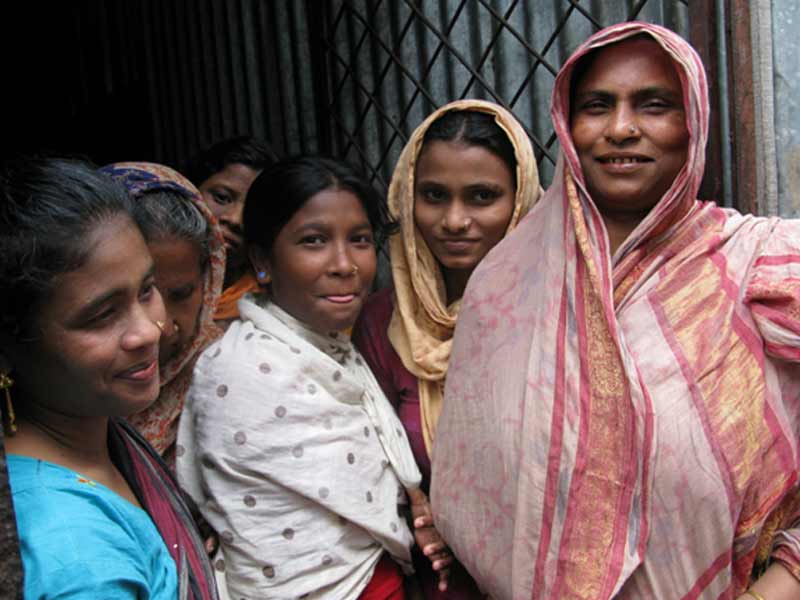
All around the world, malnutrition is on the rise.
828 million people were affected by hunger in 2021, an increase of 150 million since the onset of COVID, and a number which is set to get worse once the impacts of the War in Ukraine are taken into account.
Yet, hunger doesn’t tell the whole story.
Today, well over 1 billion people suffer from obesity worldwide, as for the first time in human history, more people on earth are obese than underweight. What this means is that in many cases, malnutrition is no longer about an adequate quantity of food, but its quality. Where people may have access to enough calories, these are often empty calories which leads to malnutrition.
The question is, what can be done?
Existing food and agriculture support undermines food security
Globally, governments spend some $630 billion per year to support food and agriculture. Most of this financial support is directed towards the production of staple foods like rice, wheat, maize, and sugar, which are further supported by trade interventions such as taxes, tariffs, and quotas. Meanwhile, foods like fruits and vegetables enjoy nowhere near the same level of assistance.
The reason for this is economic – government support is directed towards high-volume goods which can raise farm incomes and boost GDP. The issue is that this has incentivized foods which provide empty calories while disincentivizing healthier products. As the 2022 State of Food Security and Nutrition report put it,
“Most of the food and agricultural policy support currently implemented is not aligned with the objective of promoting healthy diets and in many cases is actually inadvertently undermining food security and nutrition outcomes.”
How to increase the availability of healthy diets worldwide
To promote food security and stem a growing nutrition crisis, governments must reexamine their support for food and agriculture, moving beyond measurables like GDP and towards consideration of whether or not their citizens are nourished.
They must begin to reallocate food and agriculture budgets away from empty calories and towards products which are a high priority for healthy diets, while at the same time reducing or eliminating trade barriers on nutritious foods.
Conversely, these same trade barriers can be used to restrict unhealthy foods, such as is currently taking place in the Pacific Islands, where a so-called ‘War on Sugar’ means that governments have introduced taxes on things like sugar sweetened beverages and other unhealthy products.
Most simply, governments need to start thinking not only about quantity but quality, not only economics, but nutrition.
The healthy diets imperative
Admittedly, what is being discussed is no less than changing the thinking implicit in the entire global economic system, away from a purely financial bottom line, and towards a focus on people.
Such a fundamental shift will not be easy. Yet, drastic times call for drastic measures, and the ongoing spike in malnutrition worldwide should make it clear that increasing the availability of healthy diets worldwide can no longer be seen as a luxury; it is an imperative.



